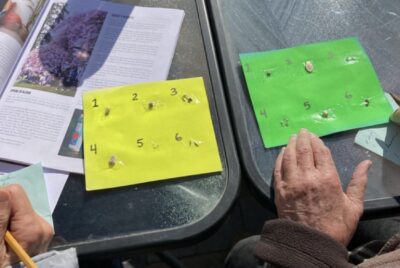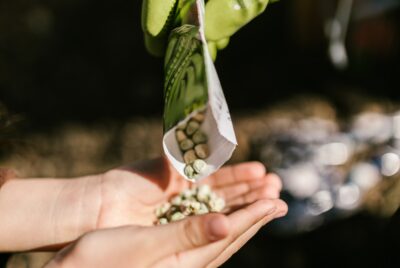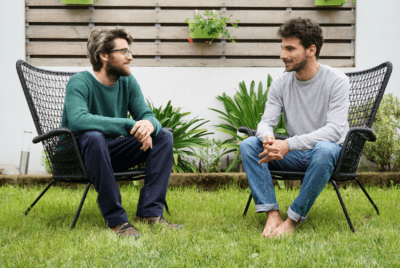RESEARCH
Sensory Gardens as Places for Outdoor Recreation Adapted to the Needs of People with Visual Impairments
Summary
This study investigates how public spaces, particularly parks and gardens, can be adapted to meet the outdoor recreation needs of people with visual impairments (PwVD). Guided by the principles of universal design, which advocates for spaces usable by people of all ages and abilities without special adaptation, the research aimed to identify how outdoor experiences can be made accessible, how spaces can be rethought for PwVD, and what barriers prevent their participation in sensory gardens. The study emphasizes that social inclusion requires respecting the needs of diverse populations and that sensory gardens, designed to stimulate senses beyond sight, are particularly well-suited for PwVD. While every garden offers some sensory experience, specifically designed sensory gardens focus on non-visual elements and should be closed, purposeful wholes.
The study employed a mixed-methods design, utilizing desk research, an inventory of 15 selected sensory gardens across Poland conducted between June and August 2018, and interviews with 32 blind and partially sighted respondents. The inventory assessed elements facilitating spatial information, mobility infrastructure, and information communication techniques. Interviews explored the role of senses in orientation, possibilities for independent movement, factors contributing to security, preferred garden features, and encountered barriers. Key findings from the inventory revealed that scents, clear path layouts, and varied path surfaces were the most common features facilitating spatial orientation in the surveyed gardens. The interviews highlighted that PwVD rely on a combination of senses, including hearing, touch, and visual memory, for orientation, though the importance of these senses can shift in the predictable layout of a sensory garden compared to everyday life.







